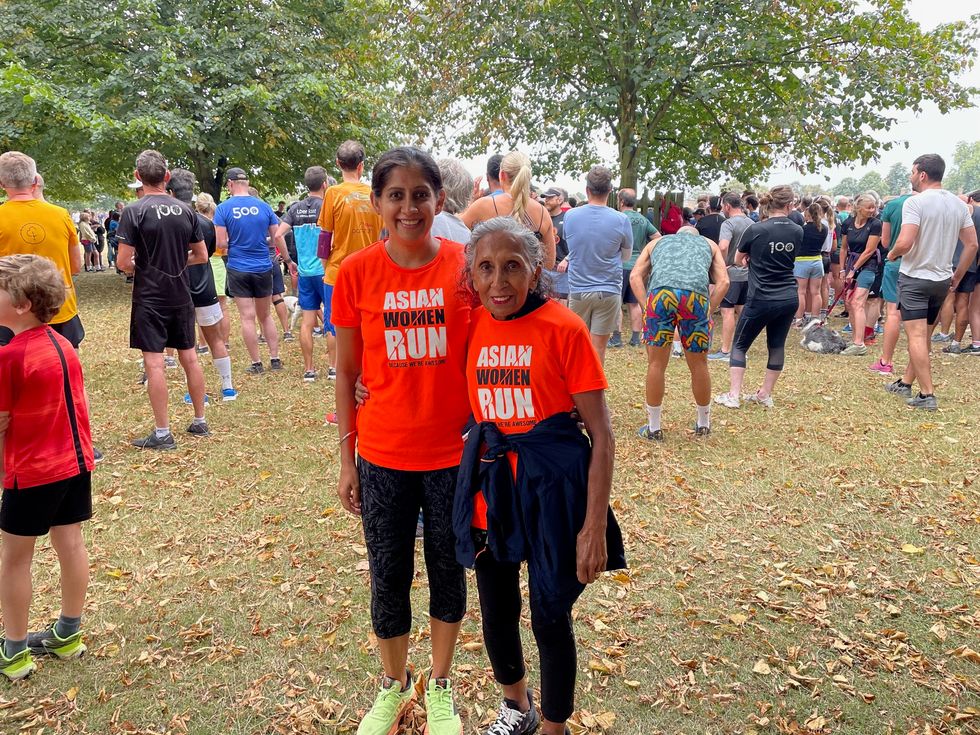Eastern Eye’s editor-at-large and former BBC correspondent, Barnie Choudhury, has a letter for the director-general
Dear Tim,
What a great start. You’ve come in and made clear to your people that you want the BBC to change. The targets of 50:20:12 are immensely ambitious and, if truth be told, eye watering. I know from sources that black and Asian people were sceptical.
Now they’re incredulous, and they wonder how on earth you’re going to manage this massive feat, and when it’ll all happen. But kudos, fist pumps and high-fives all round.
Your announcement last week really caused palpitations among your hideously white colleagues. Here’s what people don’t know, according to my sources, was that last week you explained to colleagues the matrix by which senior and middle ranking leaders will be judged.
About time. Thank you, and best wishes, Barnie.
Only…I think we can do more. I think your diversity and inclusion strategy and the 10 commitments are a good start. You’re absolutely right to put the first commitment as a “talent pipeline”.
The question is how? Certainly, not by yet another failed mentoring, development, pyscho-babble useless diversity scheme meant to increase people of colour in senior positions.
They don’t work and end up, as my freedom of information requests showed, lifting more white people into positions of power.
It’s about the data for me. And here’s what it says. In terms of recruitment, you really need help in your “nations and regions” (N&R). At under six per cent, how on earth are your teams going to get to 20 per cent ethnic minorities at all levels?
I’ve shared my 20 short-medium-long term strategic goals with the House of Lords media select committee. If it helps, it’s public for anyone to see, evaluate or act upon.
Here’s the thing, most people of colour are at the lowest levels, and the frustration is that many have been there for 10, 15, 20, 25 years.
So, perhaps the fundamental questions are: why, when compared to white colleagues who came in at the same time as them, did they never progress? How come they are still at the lowest rungs? And what are the barriers to their success?
Also, in “leadership”, not “senior leadership”, N&R stands at 4.4 per cent. What does that mean? Well, at the moment in 40 local radio stations, only two permanent “managers” are non-white.
In your regional TV newsrooms, not one, to my knowledge, is an editor with the power of budgets, hiring and firing. In senior leadership, to my knowledge, N&R has just one person of colour. In 2021, that is truly shameful.
What’s the problem? Ask anyone of colour inside your organisation, they’ll say that you have to fit a certain image, you have to know the right people, and your leaders must stop being risk averse.
So, what would I do, Tim?
Your diversity editor role was closed through redundancy. If truth be told, the biggest mistake is that the post holder had no real influence to make change. They were often thought of as the “politically correct police” and side-lined.
You have a great chance to appoint someone from outside the organisation who is fearless, emotionally intelligent and thinks outside the box. But at a senior leadership position. A director of diversity, answerable to the director of nations, who sits at the top table.
That person needs to be a mix of creative diversity – on air talent – and HR diversity – recruitment, retention and promotion. S/he needs to be someone who is respected in the industry, data and target driven and able to generate pragmatic ideas which create that pipeline for talent.
By the way, it should also be an editorial role. The ‘N’ word debacle in regional news should never have happened. But this role needs a team which becomes indispensable in providing award-winning-must-listen-watch-read-content that enables radio, television, online and other digital platforms.
Let me give you an example.
You know in news and programming, content is king. Well, human interest, history, culture, investigations, embedded in data, with great access, create not only interesting output, but award-winning distinctive public service broadcasting.
Tim, we have thrown the baby out with the bathwater. We have de-skilled, dis-enabled and de-motivated our wonderful creative people. We need let colleagues have fun, enhance their skills, and let them fail creatively without the fear of losing their job. We do that by choosing someone who’s done it and bought the tee-shirt.
Someone who can inspire and say, no bullying, no homophobia, no racism, not on my watch. We do that by guiding them and remembering that no-one comes into work to fail.
We do that by rolling up our sleeves, working alongside, and leading from the front, rather than sitting at our desks or holding endless meetings.
Come on Tim, you know I’m not wrong.
Good luck,
Barnie
















 Heehs describes two principal approaches to biographyAMG
Heehs describes two principal approaches to biographyAMG



 David Beckham wearing a David Austin Roses "King's Rose" speaks with King Charles III during a visit to the RHS Chelsea Flower Show at Royal Hospital Chelsea on May 20, 2025Getty Images
David Beckham wearing a David Austin Roses "King's Rose" speaks with King Charles III during a visit to the RHS Chelsea Flower Show at Royal Hospital Chelsea on May 20, 2025Getty Images
Great start, Tim, but we can and must do better